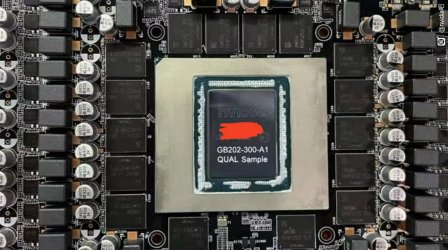- Joined
- Jun 19, 2024
- Messages
- 938 (2.38/day)
| System Name | XPS, Lenovo and HP Laptops, HP Xeon Mobile Workstation, HP Servers, Dell Desktops |
|---|---|
| Processor | Everything from Turion to 13900kf |
| Motherboard | MSI - they own the OEM market |
| Cooling | Air on laptops, lots of air on servers, AIO on desktops |
| Memory | I think one of the laptops is 2GB, to 64GB on gamer, to 128GB on ZFS Filer |
| Video Card(s) | A pile up to my knee, with a RTX 4090 teetering on top |
| Storage | Rust in the closet, solid state everywhere else |
| Display(s) | Laptop crap, LG UltraGear of various vintages |
| Case | OEM and a 42U rack |
| Audio Device(s) | Headphones |
| Power Supply | Whole home UPS w/Generac Standby Generator |
| Software | ZFS, UniFi Network Application, Entra, AWS IoT Core, Splunk |
| Benchmark Scores | 1.21 GigaBungholioMarks |
Sorry, but your goal is no to "fit", but to have a PCB with the approximate size of the heatsink above it.
More nonsense. Is your cpu heatsink the same size as your motherboard?






